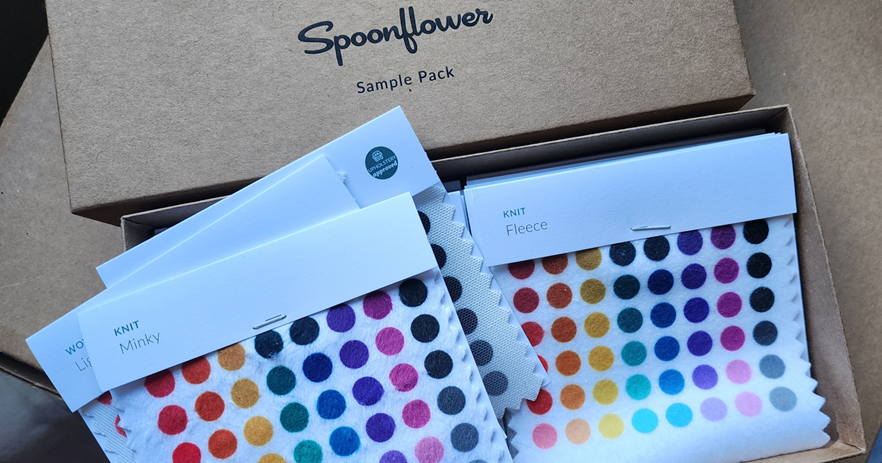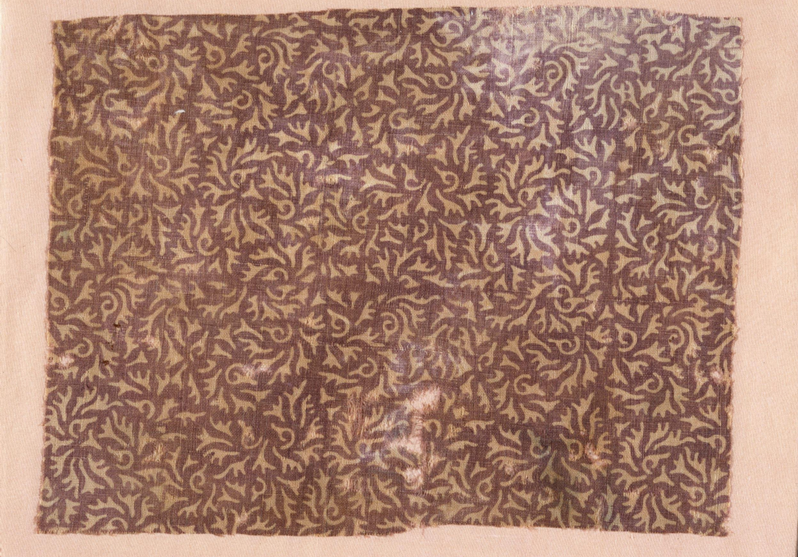A small story of how our yesterdays can refuel our todays…
We’d lived for over 25 years in our house in San Francisco when our big move swept us away to the north. I hadn’t realized that I’d taken for granted how cozily we had nested there. How many small systems and processes we’d built up over the years in that house, which itself was a well-designed mid-century machine for family living.

It’s been close to five years since we moved almost a thousand miles north to our country house snuggled up against the Washington/BC border. But still there are unpacked boxes, and organizing remains a work-in-progress. The pandemic seriously disrupted our settling process since our city life is on the Canada side of the border, our country life is in the US, and Covid severely limited border crossings, and therefore, us. So I’m just now starting to feel like my studio may be settling into an efficient order.

The big move forced us out of our cozy beloved ruts (lemon!) and offered fresh perspectives on our lives (lemonade!). Recently I’ve been reaping some of the rewards of the changes, swept up in a whirlwind of rediscovery of treasures from my past. This time of life often brings long-slumbering desires to the surface. For me, one of those unsatisfied desires centers around textile design, surface design for printed fabrics. It’s an interest I had long relegated to the back burner, but it’s been insistently calling to me.
The emergence of print-on-demand options like Spoonflower has brought new potentials to pattern designers, almost like desktop publishing for fabric. I can order a swatch, or a fat quarter, 18 by 22 inches, or a run of yardage, choosing fabric from the thinnest voile to a very chunky canvas–each printed in my own design.

Back in my days at Fiberworks in Berkeley I’d learned the foundations of textile designs, but at that time only professionals had the luxury of seeing their work produced. Fueled by these new, previously unimaginable choices, the textile design craving has been growing rather fierce.

But what do I actually want to print? Aside from a well-formed opinion about what makes textile designs great, I hardly had any idea of what I wanted to carry forward.
And so that whirlwind of rediscovery came to my rescue, to settle the question. As I was reviewing memorabilia, I idly leafed through a notebook I’d kept in 2007 in London, during a month of exploration.

I was quite startled to come across a series of rough sketches I’d made at the Victoria and Albert Museum and around the streets of the city. My notebook felt like an an invitation to enjoy a fresh look at my experiences from more than 15 years ago.
The V&A Textile Study Room was like Aladdin’s cave to me at that time, brimming with fabric treasures. Have you ever had a time in your life when you couldn’t believe how lucky you were? That’s how it was for me as I basked in the pleasure of being so present with the immediacy of those materials.

For a textile-lover, there’s an intense satisfaction in being able to look at an actual piece of fabric like this one below, block printed resist and mordant dyed cotton from Gujarat in Western India, possibly 700 years old. Exploring the repeat pattern, and thinking about the skilled hands that crafted it, so far across time, with such a lively dynamic esthetic that is still energetic and fresh today. Not in a photograph, it’s as intimate and different a view as looking at a Van Gogh painting rather than a picture in a book or a print.

Somehow I had forgotten how many sketches I’d made in that small sketchbook cache. Opening it up now and leafing through it is like drinking in a deep pool of nourishment from my past, almost forgotten, but still accessible. Sketches from the Textile Study Room, silhouettes of unfamiliar birds, and even the candied eggplant dessert we shared at the Turkish restaurant are fertile territory for Spoonflower explorations after years of slumber in that little book.

After that visit I had dreamed of spending a month in London and sketching in the Textile Study Room every single day. But…the next time I was back at the V&A, the room was closed for remodeling. Then the textile frames were reborn as a photographs gallery. More recently, most of the collection was transferred to digital access.
I do not question the care and conservation that have taken the materials at one remove from the casual museum visitor. They’re more safely preserved now, as well as visible to viewers around the world. But I’ll always be endlessly grateful that I spent as many hours as I could in the Textile Study Room while it was possible to see so many pieces up so close.
I’ve scanned in my old sketches and begun to play more actively to try out some fabric designs. At the same time, I’m carrying forward new respect for the inspiration that’s hidden away in my own personal journeys, waiting for rediscovery.
I hope you’re rediscovering treasures from your past, as well. So much of life is about change, and the assumption that things will always be there to visit again is often doomed to disappointment. While there’s something to be said for living cautiously and postponing pleasures, there are resonating pleasures that come from eating dessert first!
If you’d like to explore the treasure hoard of the Victoria and Albert Museum’s stellar online collection yourself, I’ve written a how-to here to make it easy to access.
Please share any stories like this from your life. Do you have a long-buried wish that’s been rejuvenated by the revisiting your history? I’d love to hear that story!





